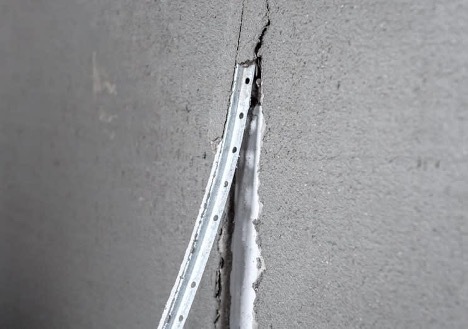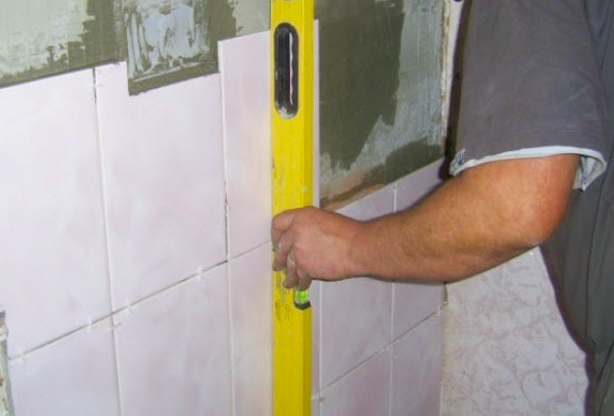We can say about mechanized plaster that this is a modern way of applying the composition using a special apparatus. Thanks to the use of equipment, the speed of work increases by 4-5 times, and the quality is almost guaranteed. These and other benefits, as well as instructions for applying the composition, are described in detail in the presented article.
The content of the article
- Advantages and disadvantages
- How to lay mechanized plaster
Advantages and disadvantages
It is enough just to understand what mechanized plaster is. This is a special way of applying the composition - not manually, but with the help of special equipment. Moreover, mixtures with which they work without tools are not suitable for these purposes. The mechanized method of applying plaster involves the use of 2 types of compositions:
- plaster;
- cement-sand.
In fact, these are universal mixtures that you can work with manually. And thanks to the use of application equipment, they have other advantages:
- significant time savings - work can be done 5 times faster;
- excellent adhesion to the surface;
- uniform distribution ensures the solidity of the layer;
- even thick layers (up to 70 mm) can be applied in one go, saving time and effort;
- walls are obtained without cracks;
- 1-2 year warranty is provided for such types of work.
But mechanical plastering of walls has its drawbacks. As such, this method is indeed more efficient than traditional manual technology, but more costly as a special apparatus is required. At the same time, it is not necessary to buy it - you can rent it or invite a team of craftsmen, which is also affordable.
How to lay mechanized plaster
In terms of preparatory work, the mechanical method of applying plaster is not much different from the classical one. But the main stage has its own characteristics. The step by step instructions are as follows:
- Primer wall to increase adhesion. The work is carried out with an ordinary roller.

- In order to qualitatively lay the plaster, measurements are taken with a laser level and metal beacons are installed.

- Next, they move on to reinforcing the joints - thanks to this, strength increases. The work is carried out using a fiberglass mesh, the material of which must be resistant to alkalis.

- Now it remains to knead the mixture and apply it using the apparatus. Do this at high speed to evenly fill all the drops, bumps.

- Align with beacons using the rule.

- Until the composition is dry, remove the beacons (otherwise they will rust). After them, there are seams that are covered with the same composition, but by hand. Then make the surface smooth using the rule.

- Rub the surface with a sponge grater dipped in water. The milk that has come out is puttied, the wall is prepared for painting or for wallpaper.

- It remains only to allow the composition to dry completely. To do this, open the windows a little to avoid strong drafts and sudden temperature changes.

The use of mechanized plaster allows you to achieve a perfectly flat surface. The process goes much faster - even large areas in a house or apartment can be processed in a matter of hours. However, it is worth remembering that not all compositions are suitable for mechanized application. Therefore, you should buy only suitable mixtures based on gypsum or cement with sand.


